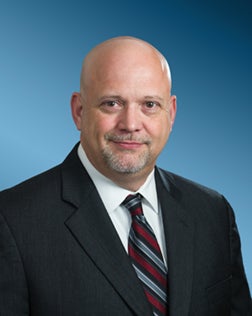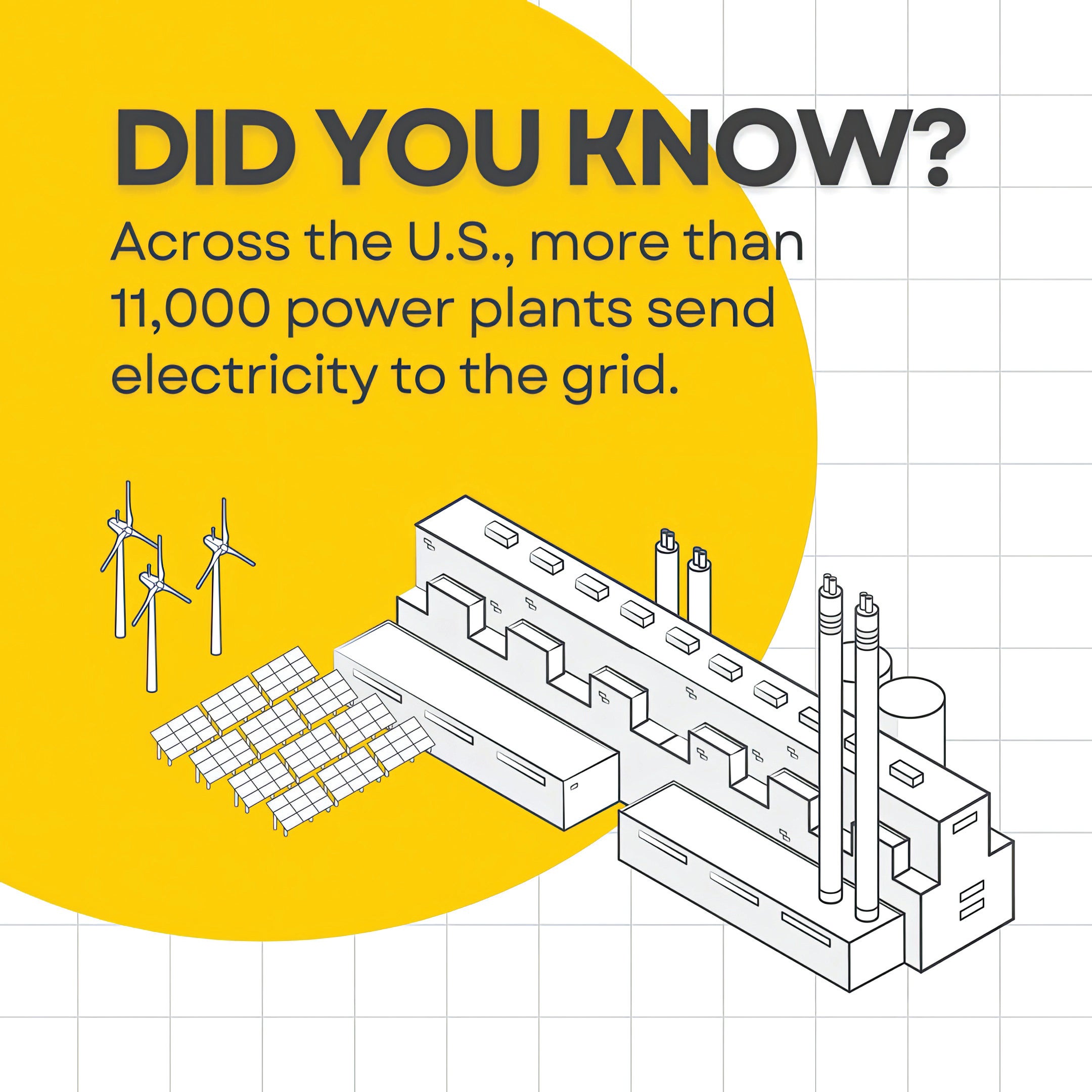 A MESSAGE FROM YOUR GENERAL MANAGER/CEO
A MESSAGE FROM YOUR GENERAL MANAGER/CEO
GARY RAYBON
A Beginner’s Guide to the Electric Grid
Electricity plays an essential role in everyday life.
It powers our homes, offices, hospitals and schools. We depend on it to keep us warm in the winter (and cool in the summer), charge our phones and binge our favorite TV shows. If the power goes out, even briefly, our lives can be disrupted.
The system that delivers your electricity is often described as the most complex machine in the world, and it’s known as the electric grid. What makes it so complex? We all use different amounts of electricity throughout the day, so the supply and demand for power is constantly changing. For example, we typically use more electricity in the mornings when we’re starting our day and in the evenings when we’re cooking dinner and using appliances. Severe weather and other factors also impact how much electricity we need.
The challenge for electric providers is to plan for, produce and purchase enough electricity so it’s available exactly when we need it. Too much or too little electricity in one place can cause problems. So to make sure the whole system stays balanced, the electric grid must adjust in real time to changes and unforeseen events.
At its core, the electric grid is a network of power lines, transformers, substations and other infrastructure that span the entire country. But it’s not just a singular system. It’s divided into three major interconnected grids: the Eastern Interconnection, the Western Interconnection and the Electric Reliability Council of Texas.
Here in Texas, ERCOT monitors over 90% of the grid, signaling to power plants when more electricity is needed to maintain a balanced electrical flow. You can read more about ERCOT and the Texas grid below.
The journey of electricity begins at power plants—factories that produce electricity using various energy sources, like natural gas, solar, wind and nuclear energy. Across the U.S., more than 11,000 power plants deliver electricity to the grid.
Wharton County Electric Cooperative receives power from our generation and transmission co-op, South Texas Electric Cooperative. We work closely with it to provide electricity at the lowest cost possible. Being part of a G&T benefits members like you by placing ownership and control in the hands of your co-op, prioritizing affordability and reliability, supporting local economies, and fostering a sense of community.
To get the electricity from power plants to you, we need a transportation system.
High-voltage transmission lines act as the highways for electricity, transporting power over long distances. These lines are supported by massive towers and travel through vast landscapes, connecting power plants to electric substations.
Substations are like pit stops along the highway, where the voltage of electricity is adjusted. They play a crucial role in managing power flow and ensuring that electricity is safe for use in homes and businesses.
Once the electricity is reduced to the proper voltage, it travels through distribution power lines, like the ones you typically see on the side of the road. Distribution lines carry electricity from substations to homes, schools and businesses. Distribution transformers, which look like metal buckets on the tops of power poles or large green boxes on the ground, further reduce the voltage to levels suitable for household appliances and electronic devices.
After traveling through transformers, electricity reaches you—to power everyday life.
We’re proud to be your local, trusted energy provider. From the time it’s created to the time it’s used, electricity travels great distances to be available at the flip of a switch. That’s what makes the electric grid our nation’s most complex machine—and one of our nation’s greatest achievements.
ERCOT: Balancing the Grid in Texas
There are more than 11,000 power plants across the nation delivering electricity to the grid and that electricity must be monitored in real-time to maintain a safe, reliable balance of generation with consumption.
For most Texans, the Electric Reliability Council of Texas is responsible for this balance. Until the events of Winter Storm Uri in 2021, ERCOT was a relatively unknown organization. It was formed in 1970 as an independent, not-for-profit organization responsible for overseeing the reliable and safe transmission of electricity over the power grid serving most of Texas.
First and foremost, ERCOT is tasked with balancing the flow of electricity across 90% of the state’s electric grid. This includes over 26 million consumers connected to over 710 power generation units through 46,500 miles of power lines. All of which are connected to one grid managed by ERCOT. At every minute of every day, the amount of power being generated (supply) must match the amount of power being used (demand).
This is a daunting task considering the sheer size of the ERCOT system and the many types of generation on the grid.
In recent years, the growth of intermittent generating sources (wind and solar) have made this job much harder. Keeping the system balanced with dispatchable generation (natural gas, coal, and nuclear) was already a difficult job, but adding in the uncertainty of generating units that cycle on and off at a moment’s notice when the wind stops blowing or the sun goes behind a cloud is monumental.
All utilities, including WCEC, connected to ERCOT’s grid are required to abide by their rules and protocols. If the grid becomes unbalanced—as was the case during Winter Storm Uri—it can cause dangerous conditions along power lines, inside substations and electrical equipment, and especially for generation units. During Uri, generation on the ERCOT system became dangerously low, causing ERCOT to balance the system by reducing demand. All connected utilities had to comply with reducing their part of the demand on the system. This is called load shed and is accomplished by rotating outages to consumers.
Fortunately, the actions of ERCOT and all participating utilities were able to prevent a total collapse of the entire grid. If the grid becomes too unstable, generation units are set to automatically shut down to prevent catastrophic damage. This would result in an almost statewide black out. If the grid had “gone dark,” the best estimates on restoring power to normal are two to three weeks at minimum.
ERCOT not only balances the flow of electricity on the grid, it also acts as a trading desk and clearinghouse for the electric market. It facilitates the buying and selling of electricity for wholesale and retail markets.
Following the events of Winter Storm Uri, ERCOT has moved out of the background and into the limelight. The organization has worked tirelessly with Texas legislation, and the Public Utility Commission of Texas to implement weatherization guidelines for generation units, price caps to prevent soaring fuel costs, and better communication methods.
WCEC members are encouraged to stay up-to-date with grid conditions by signing up for ERCOT’s Texas Advisory and Notification System. TXANS offers early notification ahead of periods of high demand and actions that Texans can take to reduce energy usage to support grid reliability during these periods. Details can be found at ERCOT.com/TXANS.

 A MESSAGE FROM YOUR GENERAL MANAGER/CEO
A MESSAGE FROM YOUR GENERAL MANAGER/CEO